Your cart is currently empty!
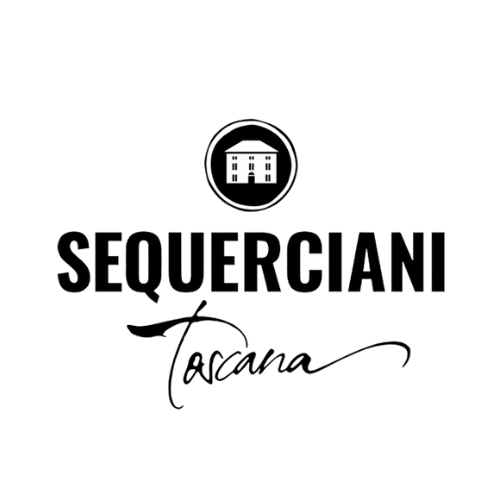
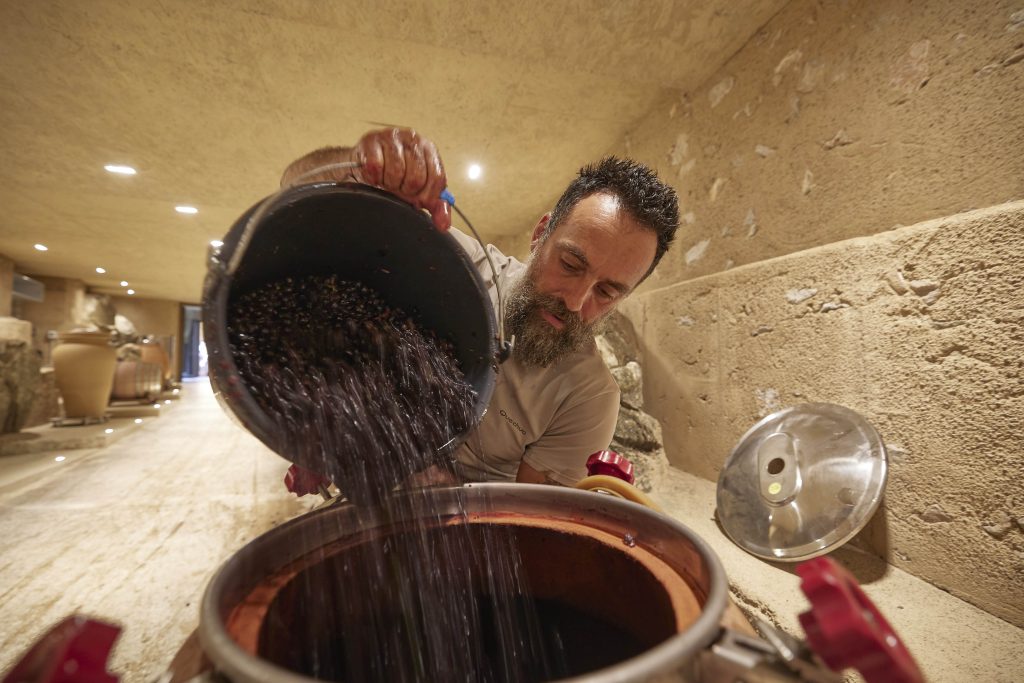
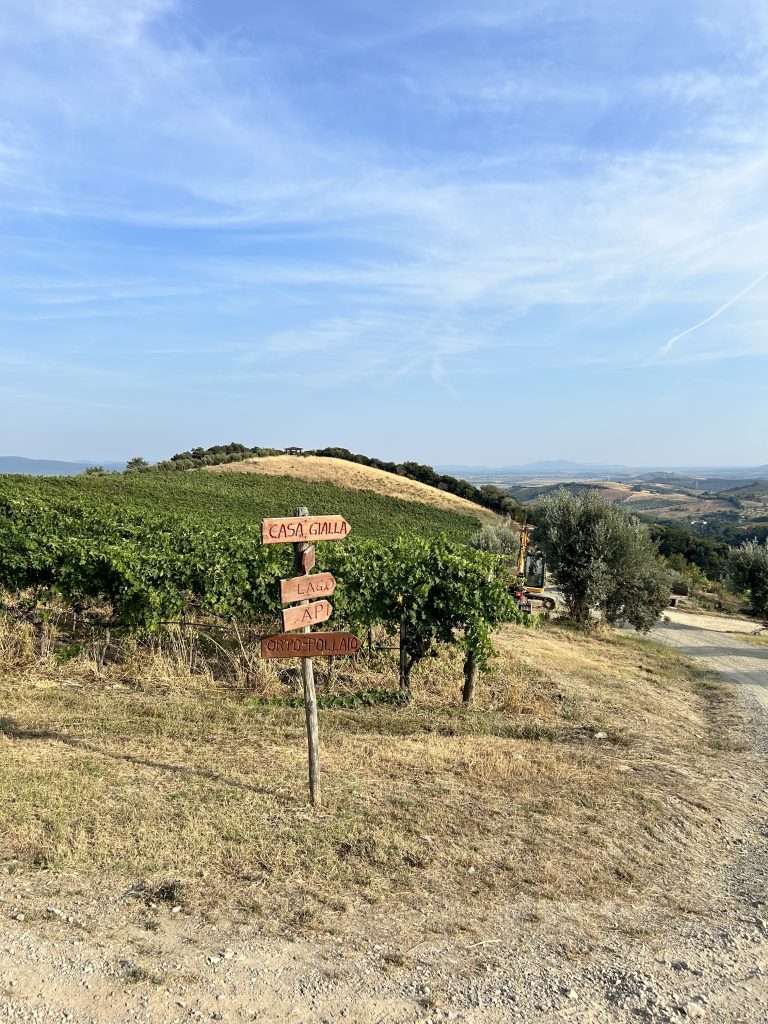
In 1992, Ruedi Gerber, a Swiss filmmaker and producer took over an abandoned farm in Maremma, Tuscany with a dream of restoring and rejuvenating the property. He began to work the soil using organic farming practices, and in a few years fully implemented the use of biodynamic agriculture. He has helped to create a biodiverse ecosystem full of olive trees, ancient grains, an apiary, and a 14-hectare vineyard.
Sitting at 250m above sea level, the farm is situated in the rolling hills of Maremma 30km inland from the Tyrrhenian Sea. Sun-soaked days shift to cool nights influenced by the sea breeze providing diurnal shifts that make for optimal growing conditions. The clay soil and climate are ideal for indigenous varieties such as Pugnitello, Ciliegiolo, Sangiovese, and Foglia Tonda, with Aleatico and Vermentino also grown.
“The wine is born alone. If you let it be, and only then, will it tell its true story. From the clay-filled soil, the sunny days of Tuscan summers, and the cool nights by the sea. We do not want to meddle, we want to simply listen to the story that the wine is telling us. We work with the utmost care, without adding or filtering anything. We let things happen. It is a pure appreciation that engages the senses with what comes from nothing but the sun, the earth, and the grapes.”Ruedi Gerber
The grapes are dry-farmed and harvested manually. The wine is made using naturally occurring yeasts in a variety of fermentation vessels including concrete, clay amphorae, oak, and stainless steel. The wine is made using minimal intervention with no added sulfites, no fining, and no filtration. Sequerciani is certified organic and biodynamic by BioAgriCert and Demeter.
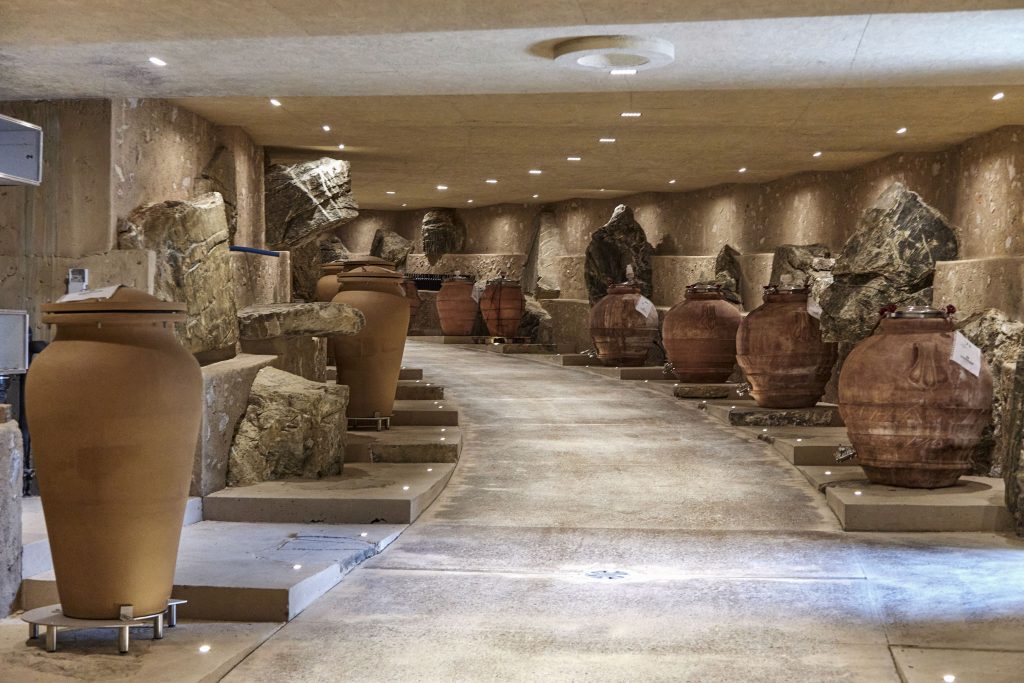
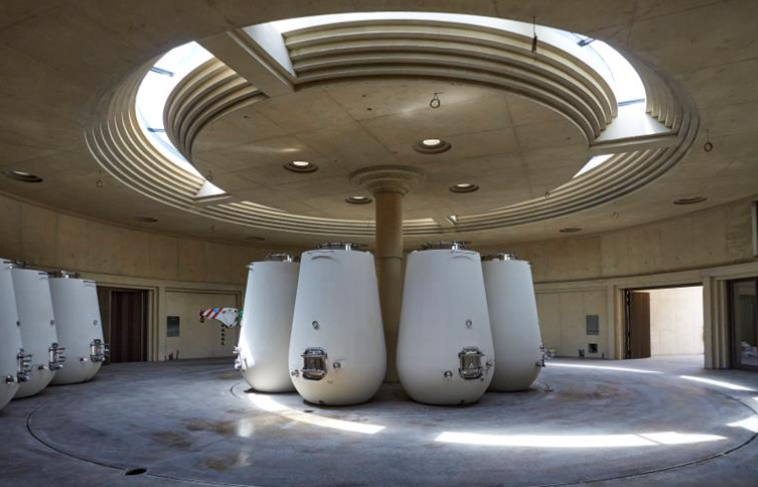
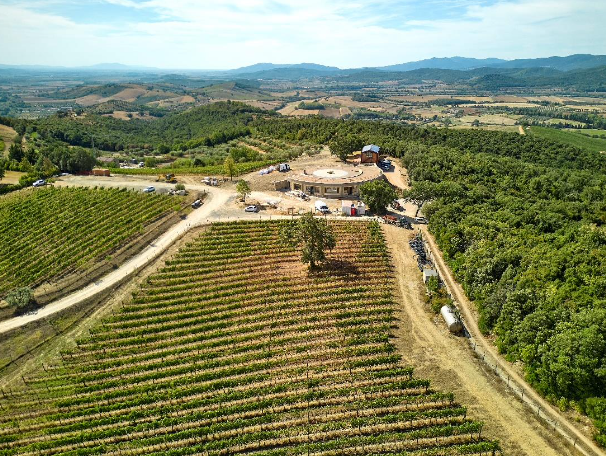
The Wines
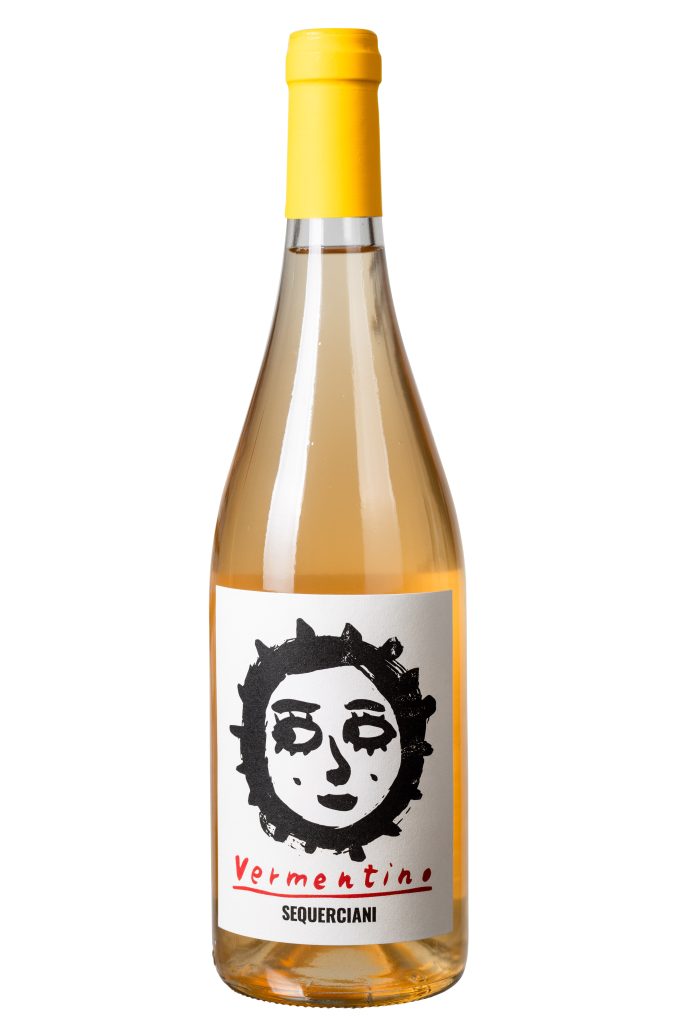
2023 Vermentino IGT Toscana
Naturally cloudy, our Vermentino is straw-yellow in colour with flashes of gold. It is fruity, floral on the nose with notes of Mediterranean greenery. The wine pairs well with food such as pasta with fish or vegetables, cheeses, and omelettes.
The origins of Vermentino are shrouded in mystery. According to one theory, it arrived from Spain and then spread along the Mediterranean coast until it reached Corsica and Sardinia, while others believe it originated in Italy. It flourishes in sunny climates and in poor soils. Vermentino’s name is derived from the Latin word “verbena”, used by Dante in the Divine Comedy to refer to a fragile twig – a characteristic that is shared by the shoots of this grape variety.
The grapes are brought to a maturity that preserves freshness and the right parameters of sugar and acidity. After careful selection in the vineyard, the grapes are harvested by hand and pressed; the must obtained is fermented using only indigenous yeasts.
The wine is then aged in concrete tanks until bottling. No added sulphites and no filtration is carried out.
2021 Ciliegiolo, Maremma Toscana DOC
Hand-harvested and sorted, the wine is fermented spontaneously using only indigenous yeasts. The wine is vinified and refined in concrete and amphorae.
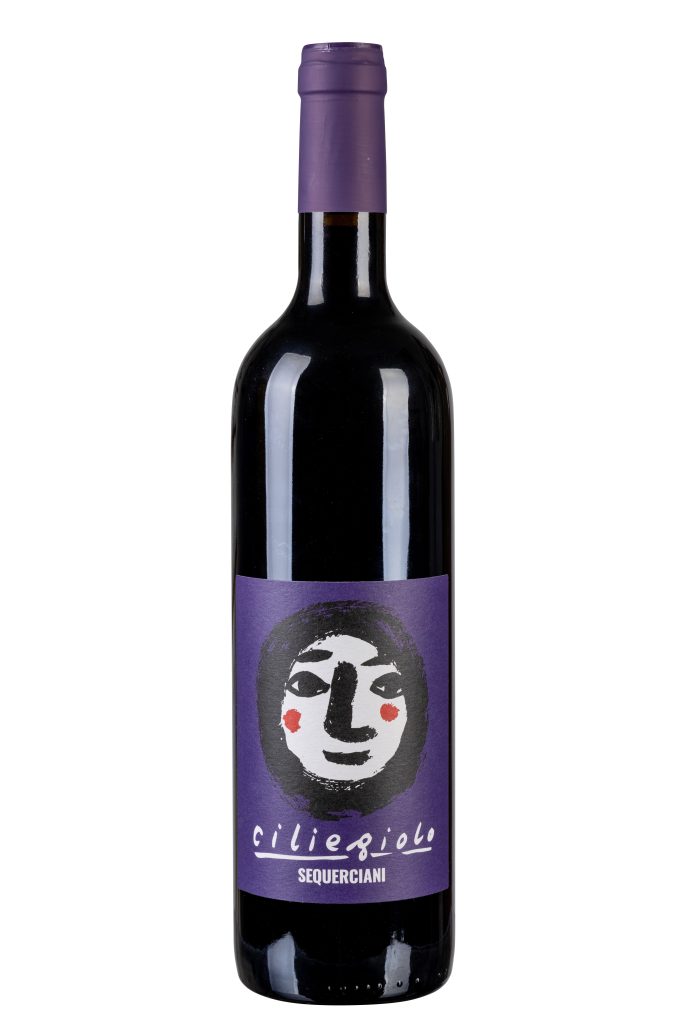
It contains a great number of polyphenols, boasts a silky tannin texture, and has a notable red colour with a strong purple tinge. It is perfect for all traditional Maremma pasta dishes made with tomato-based sauces, and matches wonderfully with spicy roast pork, and other grilled or roast meats. It is a versatile wine, much appreciated at the dinner table.
Ciliegiolo is one of the oldest Tuscan grape varieties, which can be traced back to the 17th century. For years it was thought that it originated in Spain, introduced here by some pilgrims who travelled to Santiago di Compostela. However, recent genetic tests have shown that it originates in Tuscany, and is closely related to the Sangiovese grape. It has been rediscovered in recent years and now enjoys considerable success, producing fresh, fruity wines that have a notable structure and longevity.
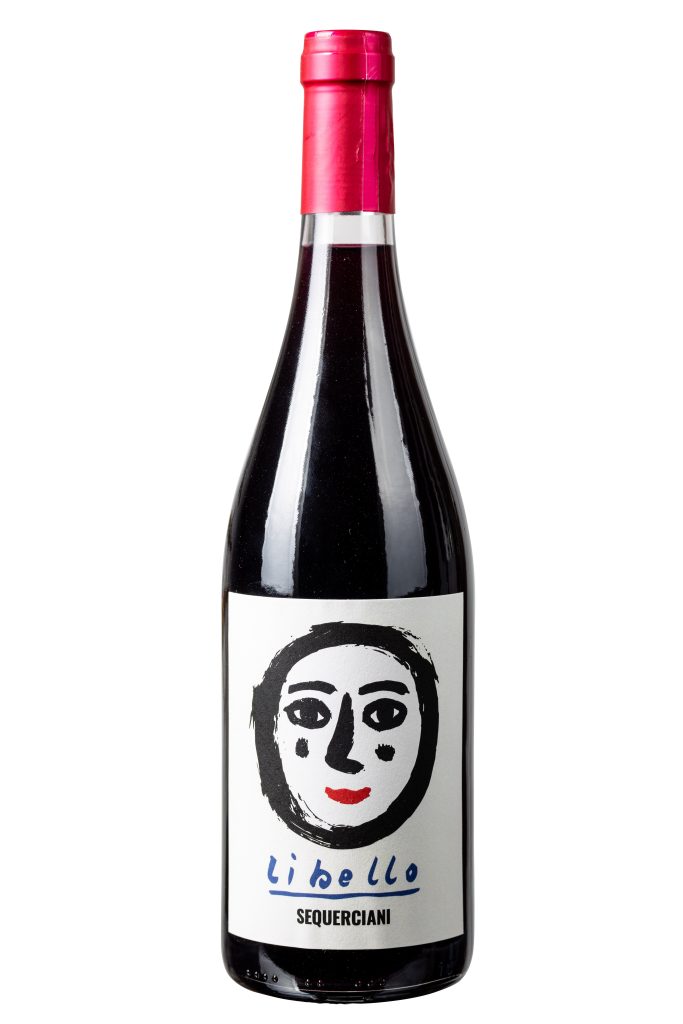
2022 Libello IGT Toscana
A blend of Sangiovese and Ciliegiolo.
Sangiovese has its origins in the distant past, most likely dating back to the Etruscan period. Its strong character is typical of Tuscan reds. Ciliegiolo can be used to produce outstanding varietal wines, but it truly excels when blended with Sangiovese. This blend gives the wine a lovely red colour and imparts softness producing a fresh aroma of cherries.
Harvested individually by hand, the grapes are vinified in natural cement tanks with spontaneous fermentation. Short macerations and gentle extractions give this wine a distinct drinkability and elegance.
2022 Oh Rosa! IGT Toscana Rosato
Oh Rosa! is made from hand harvested Ciliegiolo picked to create a perfect balance of acidity and sweetness. Whole bunches are gently pressed, and the must is transferred to stainless steel where fermentation starts spontaneously. No added sulphites or filtration.
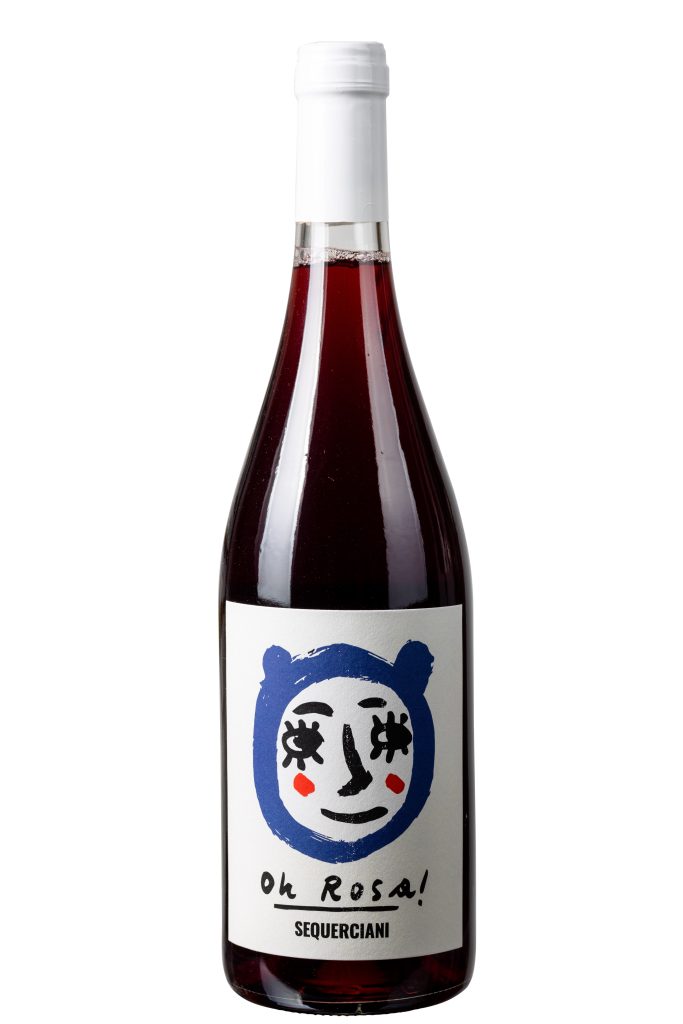
The wine is fresh with soft fruit and a supporting tannic structure. It can be served chilled as an aperitif or at a slightly higher temperature to pair with dishes like pasta primavera, grilled vegetables, white meat, and fish.
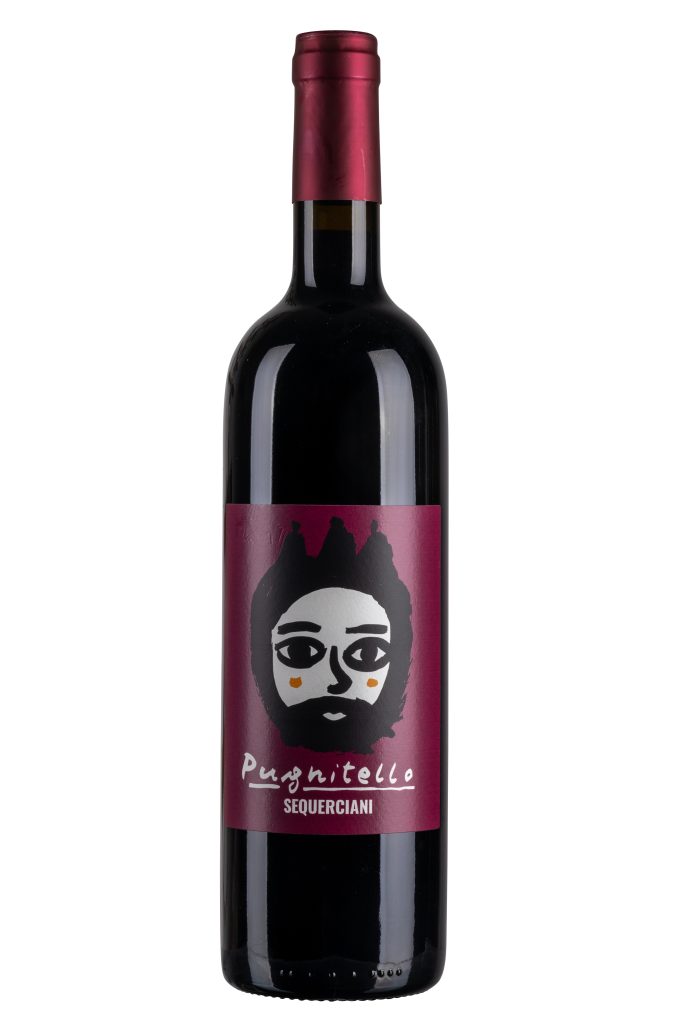
2021 Pugnitello, Maremma Toscana DOC
Pugnitello is exceptionally rich in polyphenols and produces an intense red wine with a complex nose that ranges from spices to dark fruits. A powerful wine with plenty of depth, Pugnitello pairs well with classic Tuscan dishes, game, and mature cheeses.
This long-forgotten grape variety has only recently been rediscovered and given the recognition it deserves. It was found growing in remote vineyards in the Province of Grosseto, Tuscany, and was accepted for study and conservation by the “Vitiarium” in San Felice, an initiative aimed to protect the genetic heritage of Tuscan viticulture. The name “Pugnitello” (little fist) refers to the grape’s compact form. It is highly resistant to pathogens and well-suited to biodynamic cultivation methods.
Harvested and selected by hand, the wine is fermented using only the yeasts found naturally on the grape skin. The grapes are vinified in concrete tanks and matured in French oak casks and terracotta jars.
